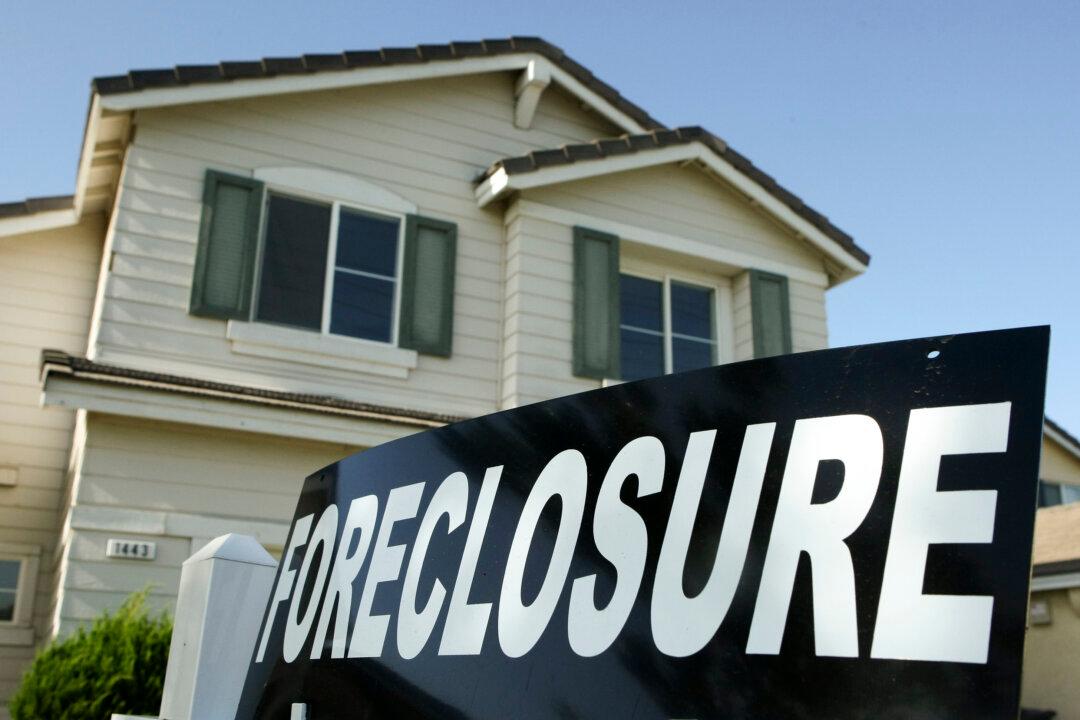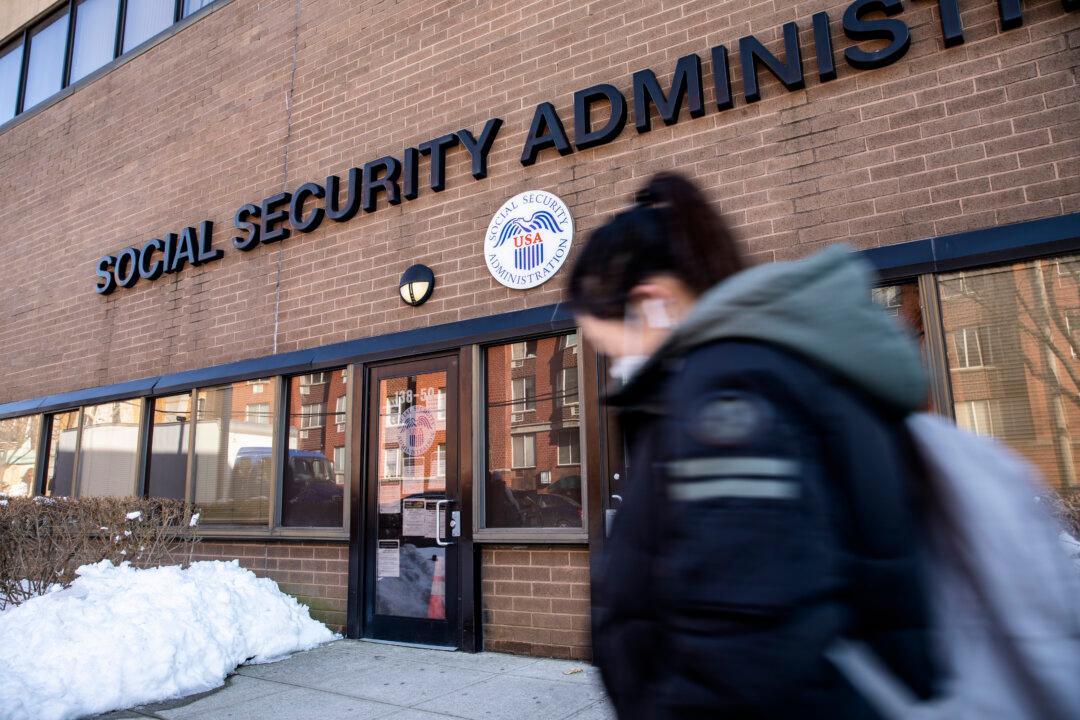Retail giant Walmart announced a new program created to help customers discover refurbished products at “everyday low prices.”
“All products listed on the site have been professionally inspected, tested, and cleaned. And if for any reason a customer isn’t satisfied, we offer 90-day free returns to help enable shopping with confidence,” the news release said.
By the fall of this year, Walmart plans on introducing the program in select stores. According to the company, refurbished products do not have any “visible cosmetic imperfection” when looked at from 12 inches away.
Walmart’s initiative arrives as Americans are being pushed by inflation to cut spending even on essentials like groceries. In June, the 12-month Consumer Price Index (CPI) came in at 9.1 percent, the highest rate of inflation since the early 1980s.
Other items that have been hit by inflation include new vehicles, whose prices have risen by 11.4 percent, used cars and trucks by 7.1 percent, apparel by 5.2 percent, and medical care commodities by 3.2 percent.
Secondhand Market
According to a May report published by fashion resale platform ThredUp, secondhand shopping is becoming increasingly popular in the United States.The American secondhand apparel market, after growing by 32 percent in 2021, is expected to more than double by 2026, to hit $82 billion. By 2024, half of the secondhand dollars are expected to come from online channels.
Among respondents of the ThredUp survey, 58 percent of consumers said that secondhand purchases have “helped them in some way” during this period of high inflation. In addition, 25 percent of consumers said they will consider buying more secondhand apparel if prices keep increasing.
“The last 10 years of resale were dominated by marketplaces, but brands and retailers are driving the next wave of secondhand,” James Reinhart, ThredUp CEO and co-founder, said in the report.
In the tech space, businesses are planning fresh investments in the secondhand market. Paris-based Back Market, the world’s leading renewed tech marketplace, for example, plans to double the size of its U.S. staff this year and has earmarked funds for the same.
The company entered the American market in 2018, and it expects to generate triple-digit annual revenue growth in the country this year.





